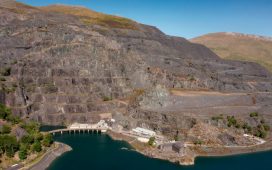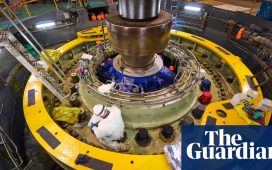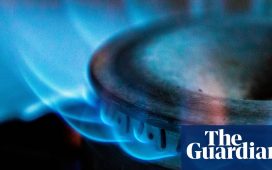It gets earlier every year. Christmas is barely over, the new year hangover is still fresh in the head and already we’re into the first UK steel bailout story of 2023.
The steel sector asking for support feels less an annual event and more a constant state of affairs. Chancellor Jeremy Hunt is being urged by colleagues to find £300mn in subsidies to help China’s Jingye protect the blast furnaces at British Steel in Scunthorpe. India’s Tata is also lobbying for support to keep the country’s other two furnaces burning in Port Talbot.
This is situation normal for a sector that has been in an on-off crisis since 2015, and troubled for decades. It is almost certain that the government will step in again to provide some assistance. The question is whether it will do it properly this time.
The success of repeated intervention through loans, emergency funding and pseudo-conservatorship can be neatly summarised: the government still says it wants a “sustainable and competitive future for the UK steel sector”, but it isn’t any closer to securing it.
Output has more than halved since 2000. At about 7mn tonnes a year the country is a minnow with about 0.4 per cent of global production, ranking 25th worldwide and eighth in Europe. Top producer China, at just over 1bn tonnes, accounts for half of global production.
The issue in 2015 was cheap Chinese exports flooding European markets. More recently it has been energy costs or carbon costs, or Brexit uncertainty or Covid, or unstable owners of one sort or another. The inclination to shovel in some stop-gap funding and wait for the next private owner to attempt rehabilitation has failed, repeatedly.
Long-term issues such as high energy costs and business rates remain unaddressed: at £211/MWh, the government’s capped electricity price for the sector is nearly 90 per cent higher than the German equivalent. Carbon costs have also soared, seemingly the prompt for the British Steel request.
Meanwhile, little progress has been made on decarbonising a sector that accounts for 15 per cent of UK industrial emissions. The technology, using electric arc furnaces, exists. The mandated deadlines do not, despite the Climate Change Committee’s indication that steel needs to be “near zero” emissions by 2035.
No one believes it will fly to allow thousands of job losses in politically sensitive areas of the country — even if the UK were prepared to outsource its steel needs to an unpredictable global market, which it isn’t, or to offshore its steel emissions to countries with lower carbon costs and less robust commitment to net zero, which it shouldn’t.
If the government doesn’t want to be the “heads they win, tails we lose” sucker to two foreign-owned steel groups, it will need to get its hands dirty.
That means co-ordinated thinking about what the UK needs, rather than inefficient company-by-company agreements, according to former executive and industry consultant Jon Bolton.
“Long” steel, of the sort produced in Scunthorpe, can and should be made in electric arc furnaces using recycled metal. Public money in partnership with private investment should go into that switch, not the running costs of old blast furnaces. Making “flat” products, as is done in Port Talbot, by the same method is possible but more challenging. However, the UK’s needs are more modest — one blast furnace could suffice, says Bolton.
More generally, there should be conditions around structure and strategy, argues David Bailey at Birmingham Business School. That would mean guarantees around jobs, and the survival of other manufacturing sites like rolling mills. Support should hinge on short-term commitments to reduce emissions and pledges to invest in new technology around decarbonisation. Jingye is widely seen as falling short on its promises to invest £1.2bn in British Steel, which it bought out of insolvency in 2020.
Those drawing up any package should also think about governance. Public ownership isn’t required to safeguard taxpayer investment but equity stakes or golden shares should at least be considered. The government’s use of the National Security and Investment Act, deploying board observers, independent audit requirements and operational oversight, shows increased willingness to be creative where strategic interests are concerned.
A legally enshrined net zero target necessitates a robust approach. Low-carbon steel production could act as a catalyst for industries such as hydrogen and a building block for the survival of other domestic manufacturing.
The future of an industry dedicated to making things stronger won’t be secured with the same, old feeble approach.
Climate Capital

Where climate change meets business, markets and politics. Explore the FT’s coverage here.
Are you curious about the FT’s environmental sustainability commitments? Find out more about our science-based targets here










